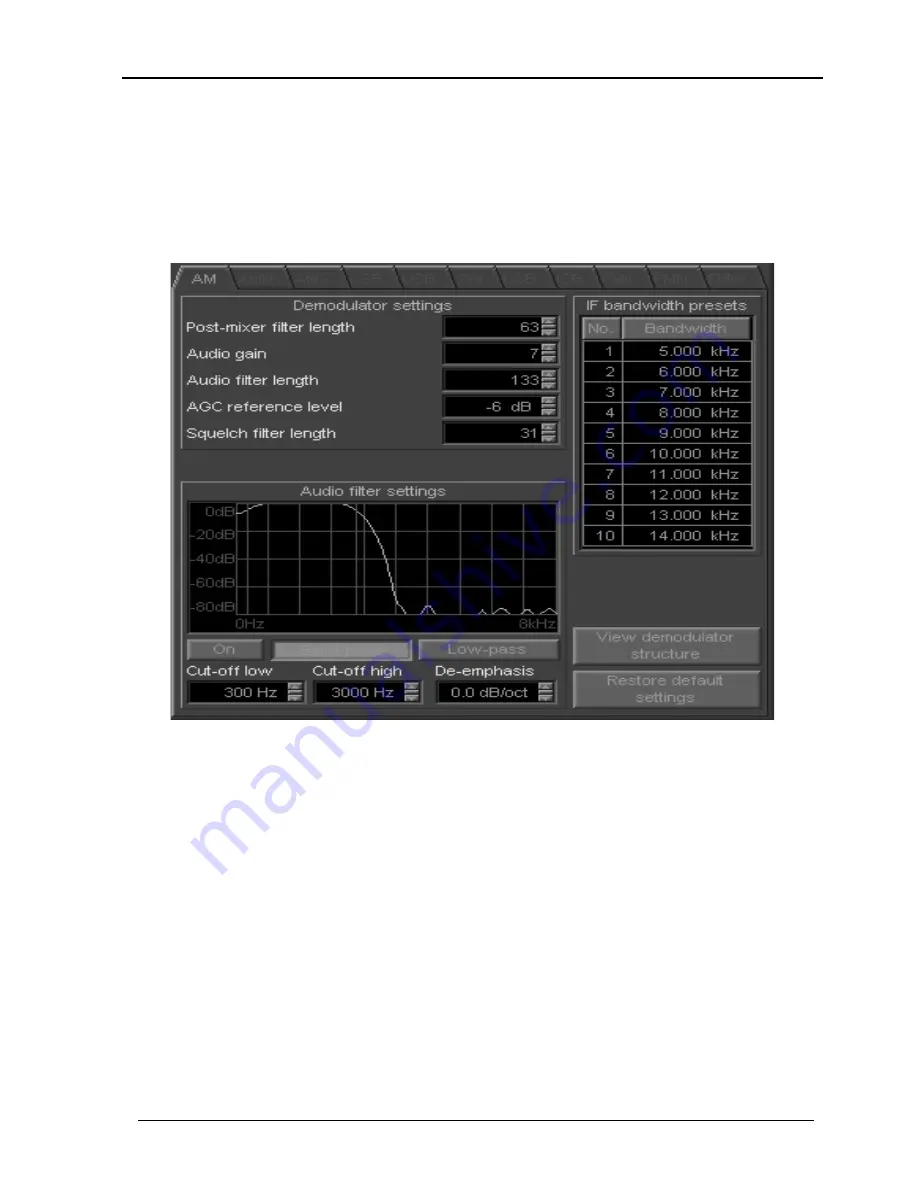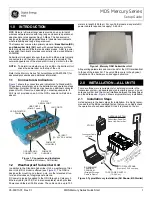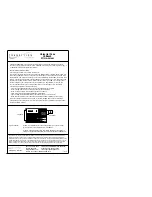
WiNRADiO G305 User’s Manual
63
Therefore, while increasing the filter lengths, always watch the CPU usage
(shown at bottom left of the demodulator
Setup
window) in order not to starve
the operating system of CPU resources (80% is a good upper limit). Starving
the system of CPU resources manifests itself by the computer becoming
sluggish or possibly "freezing" entirely.
The first parameter,
Post-mixer filter length
parameter refers to the post-
mixer low-pass filter, whose cut-off frequency is automatically related to the
currently selected
IF bandwidth
. For AM, AMN, AMS, CW, DSB, ISB, FM6
and FMN modes, the post-mixer filters bandwidth is half of the IF bandwidth,
while for LSB and USB both bandwidths are equal to the IF bandwidth. The
factory default length is 63. Reducing this value will decrease the receiver
selectivity and make the receiver more prone to interference from nearby
strong signals. However, for slower computers it may be necessary to
compromise on this figure if the demodulator appears too slow (to the point of
the panel "freezing" or drop-outs of audio) because of insufficient CPU
resources. If your CPU speed allows it, then we would recommend to set this
value to its maximum limit (511).









































